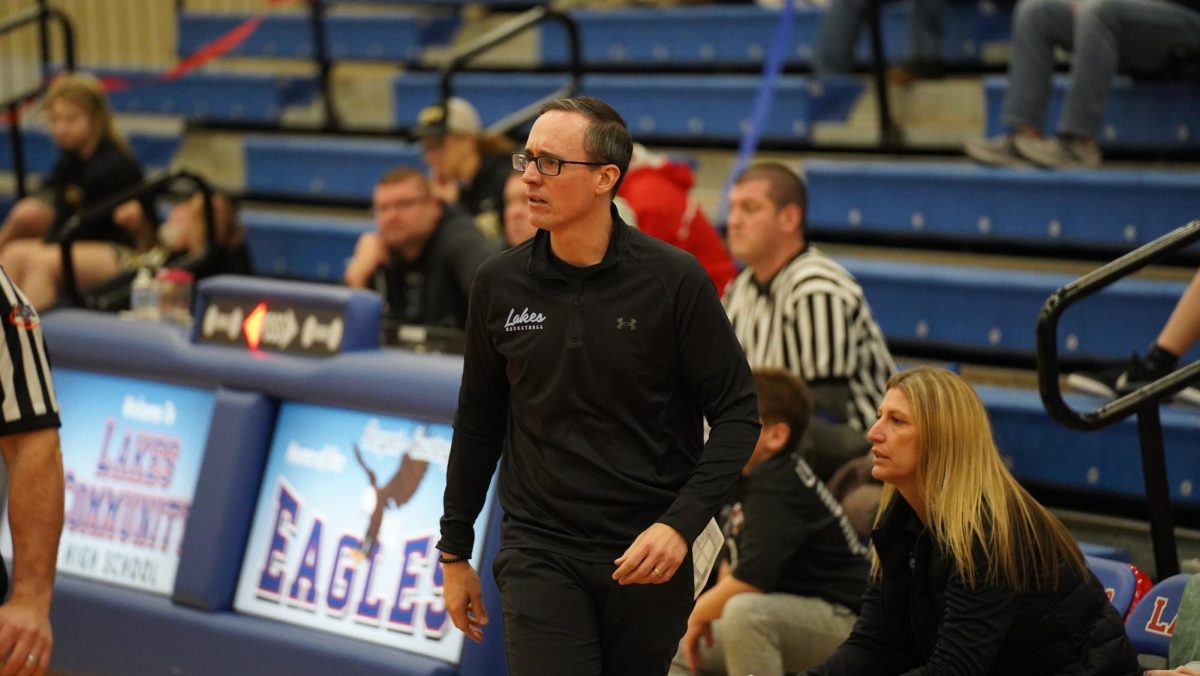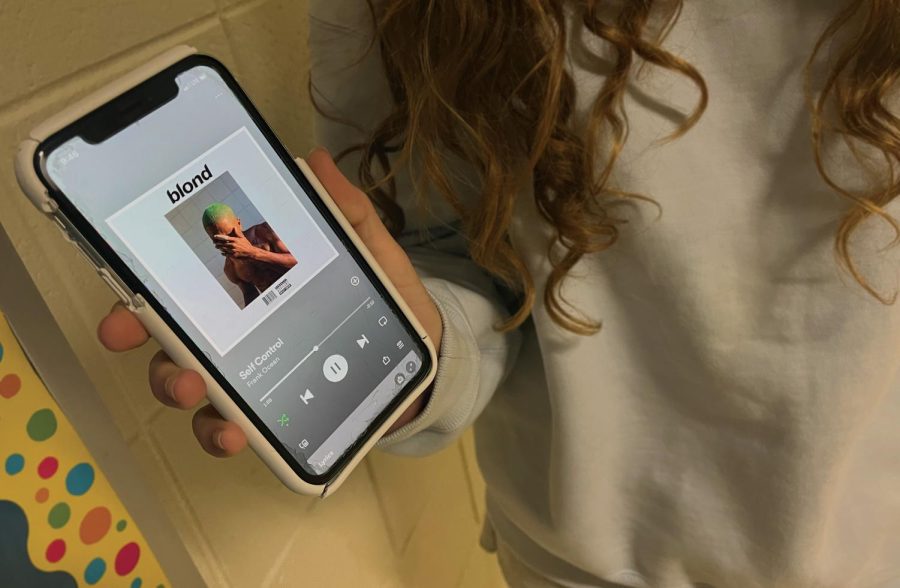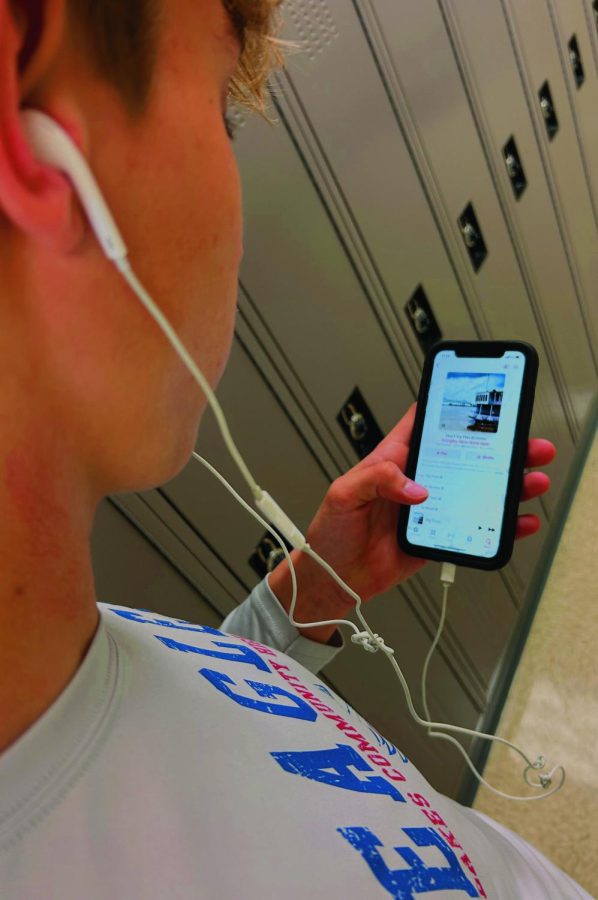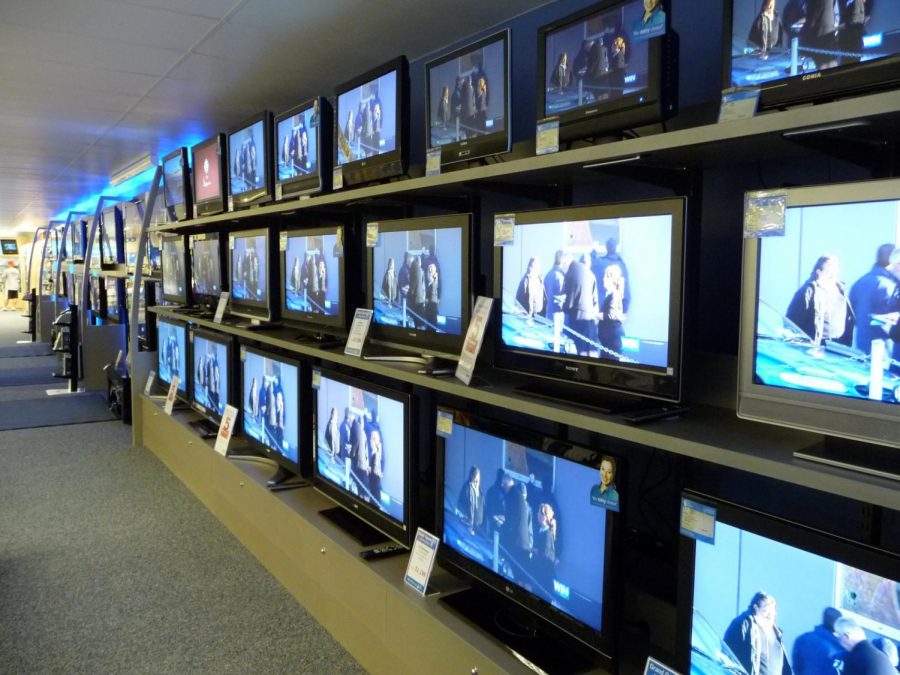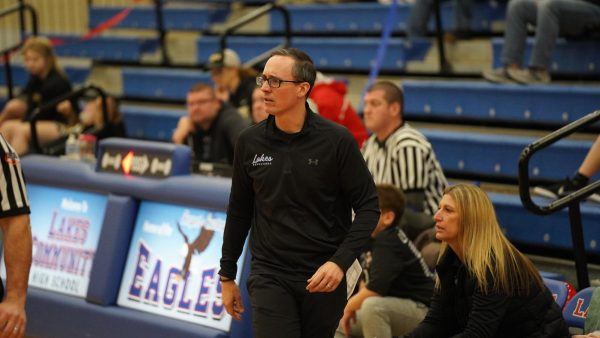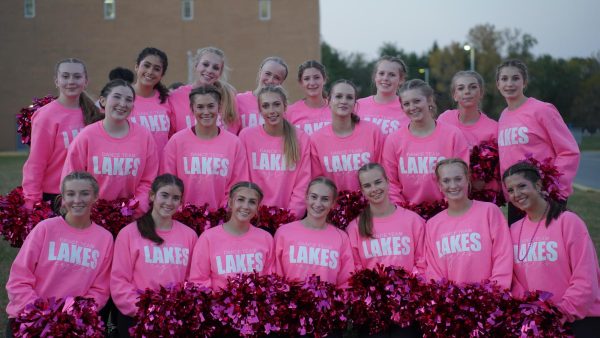How Media Consumption Has Changed Since 2011
The majority of Americans have decided that streaming services are the new way to consume media, as Forbes reported in March 2019 that 69% of households paid for a streaming subscription. However, Forbes also reported that 65% still paid for cable, showing that the current time period is still some time before the proverbial meteor comes crashing down on the dinosaurs of the cable television industry.
Cable is not dead, but significant cracks have been found in its foundation. Free alternatives can be found for many of its hallmark services, such as breaking news and sports recaps. While there are drawbacks to each of the alternatives, such as a growing amount of unverifiable information being spread across social media and a lack of significantly better live sports packages in relation to cable price points, if done correctly, free alternatives could sufficiently replace much of cable television’s bread-and-butter.
However, there is one significant reason why cable television is still relevant: a lack of a clearly better alternative for movies and television shows. This statement seems ridiculous in the year 2021, but there are still advantages that cable has over streaming in this regard. The consolidation of a vast amount of genres and studios on one platform is impressive, as no streaming service can boast the multitude of intellectual properties found on any given night on cable; each corporation divided the market of streaming by making their own service, which led to no one clear cable alternative beating out the dinosaur in this category.
Outside of strictly streaming and cable, social media has become much more diverse and popular, with newer platforms such as TikTok and Snapchat becoming über-popular with younger demographics, including teenagers. In 2011, the main giants were Facebook and Twitter. Especially with Facebook, younger demographics became tired of having to share their turf with their grandparents, which meant that the shift to new platforms made the experience more fine-tuned to their interests, such as dance trends, gaming, and memes.
The popularity of YouTube has been another success story at attracting a youthful audience. Different forms of entertainment have spawned on the site, such as gaming videos and compilations of everything from funny sports highlights to relatable jokes. These sorts of videos have led YouTube to be given a stigma by older generations as an amateurish site full of loud, boisterous teen wannabe-child actors. However, this would be a disservice to the many other communities on the site that make well-researched, quality videos that can have the power to inform and teach.
Overall, the modern trend of calling video media “content” has made the whole landscape seem increasingly amateur. However, if one looks in the right places, a treasure trove of great media can be found. The main lessons to be learned for the next decade will be filtering out the misinformation and the awful from the verifiable and the amazing. If the modern mediums can be sifted through effectively, it can have limitless potential energy in comparison to the fossil fuel that is cable TV.


